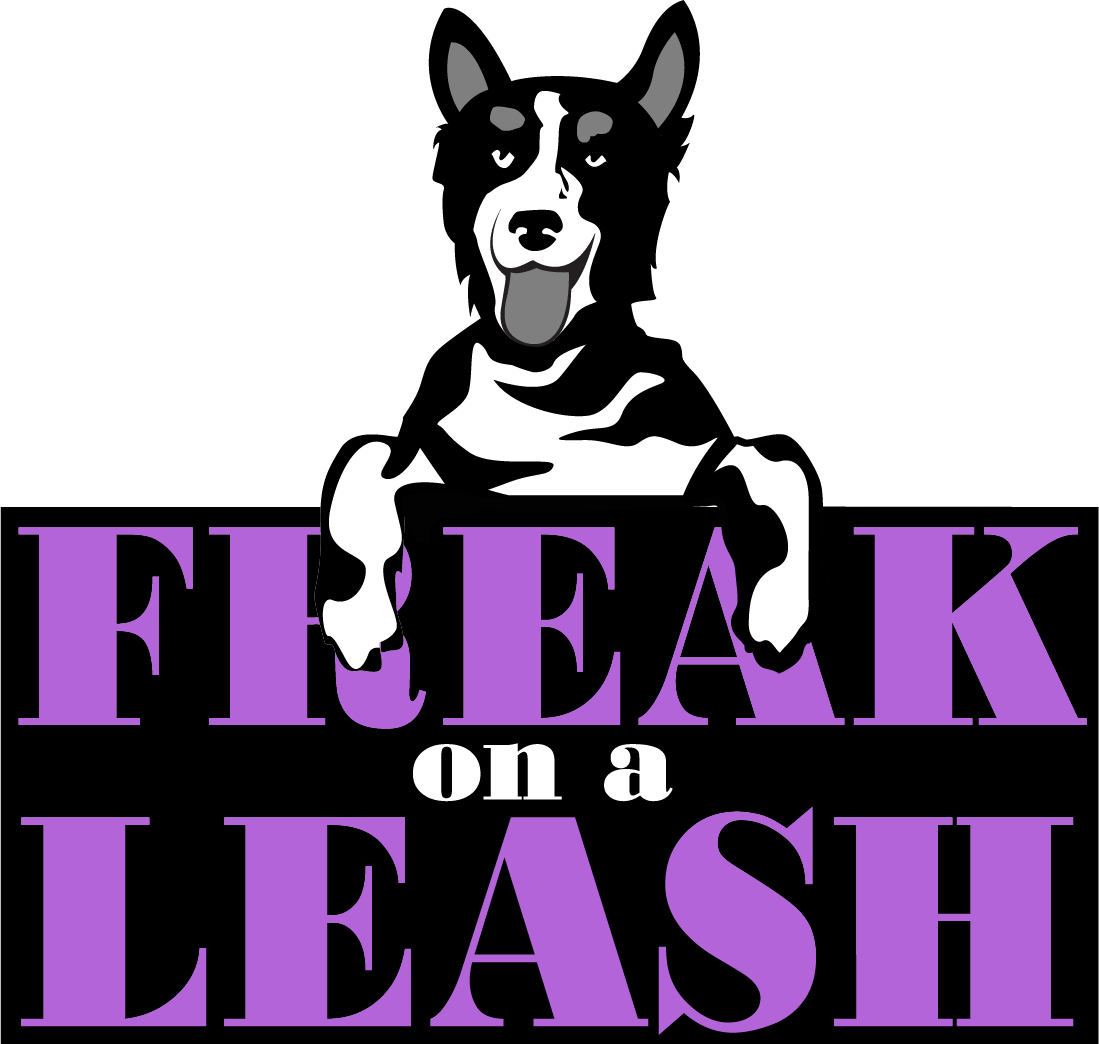Estimated read time: 12 minutes
The good news? This is not the end of the road. With the right support, clear management, and a behavior plan tailored to your dogs’ needs, it’s possible to restore peace—and even rebuild relationships.
1. What Causes Dog-to-Dog Aggression in the Home?
It’s Almost Never About Dominance
One of the most harmful myths is that dogs fight because they’re “trying to be alpha.” In reality, aggression is usually about one thing: stress. That stress might come from fear, resource guarding, frustration, anxiety, or unmet needs.
Common Underlying Triggers
- Resource guarding: Conflicts over food, toys, people, or space
- Frustration: Redirected aggression when aroused or overexcited
- Fear or trauma: One dog feels unsafe or threatened
- Pain or illness: Dogs in pain often have lower thresholds for aggression
- Changes in the household: New pets, visitors, schedule shifts
2. How to Tell If Your Dogs Aren’t Getting Along
Subtle Signs of Tension
Not all dogs who fight give dramatic warning signs. Often, we see small red flags first:
- One dog constantly avoiding the other
- Freezing, hard stares, lip curling
- Blocking access to furniture or doorways
- Resource hoarding or guarding behavior
Sudden Outbursts
Some fights seem to happen “out of nowhere,” but there’s always a trigger—even if it’s hard to see. We often find that dogs are conflict-avoidant… until they’re not. Read some research on dog to dog aggression here.
3. What to Do Right After a Fight
1. Separate Immediately & Safely
Use a baby gate, blanket drop, or noise distraction to break up a fight if needed. Never reach between fighting dogs.
2. Give Everyone Space
Keep dogs in separate rooms for 24–48 hours. Even if no injuries occurred, everyone needs time to decompress.
3. Record What You Remember
Details matter—what was happening before the fight? Who moved first? Was food, space, or a person involved?
4. Long-Term Management Tools
1. Controlled Rotations
Use crates, gates, or closed doors to separate dogs and rotate access to space. Management isn’t failure—it’s safety.
2. Clear Rules Around Resources
Feed dogs in separate rooms. Remove toys if they’re causing tension. Reinforce calm behavior around high-value items.
3. Create Predictable Routines
Unpredictability increases stress. Stick to structured feeding, walking, and enrichment times. Consistency calms.
4. Avoid Free Interactions Without a Plan
Until trust is rebuilt, unstructured interactions are risky. Start with calm, parallel walks or decompression time in each other’s presence with physical barriers.
5. Behavior Modification: What Actually Works
True progress comes from changing the dogs’ emotional responses—not just controlling the behavior. This takes time and guided support.
Counterconditioning and Desensitization
Pair calm presence of the other dog with high-value rewards. The goal is to change how they feel about being near each other.
Parallel Activities
- Leash walks on opposite sides of a path
- Sniffing in shared outdoor spaces at a distance
- Mealtime or enrichment toys in sight but behind gates
Predictable Communication
Teach each dog clear cues like “go to bed,” “leave it,” or “watch me.” This helps build trust and prevent surprise interactions.
Medication & Veterinary Support
If fights are frequent, intense, or unpredictable, consult a behavior-savvy veterinarian or veterinary behaviorist. Medication doesn’t replace training—but it can help lower stress enough to make training possible.
6. Common Mistakes to Avoid
- ⚠️ Letting them “work it out” — This often worsens fear and increases injury risk.
- ⚠️ Punishing one or both dogs — This damages trust and raises tension.
- ⚠️ Forcing togetherness too soon — Slow, structured exposure is key.
- ⚠️ Assuming the “aggressor” is always the problem — Often the dog who reacts is trying to end ongoing stress or defend themselves.
You’re Not Alone, and It’s Not Hopeless
If your dogs have fought—or are constantly on edge—you don’t have to choose between them, and you don’t have to live in fear. With management, support, and a science-based behavior plan, you can stop the cycle and create a safer, more peaceful home.
It takes time, structure, and guidance. But it’s possible—and we’re here to help.
Need help managing dog-to-dog aggression in your home? Our private training and behavior modification packages are designed to help you safely manage multi-dog households and work toward long-term solutions.
- In-home behavior consults: We assess your dogs’ interactions, environment, and triggers and build a clear management and training plan.
- Ongoing training support: Custom follow-up sessions to guide you step-by-step through behavior modification and reintroduction.
- Fear-free and evidence-based: We never use e-collars or intimidation—just thoughtful, kind strategies that protect both dogs.
Book a free phone consultation today and let’s help your dogs feel safe—together.
